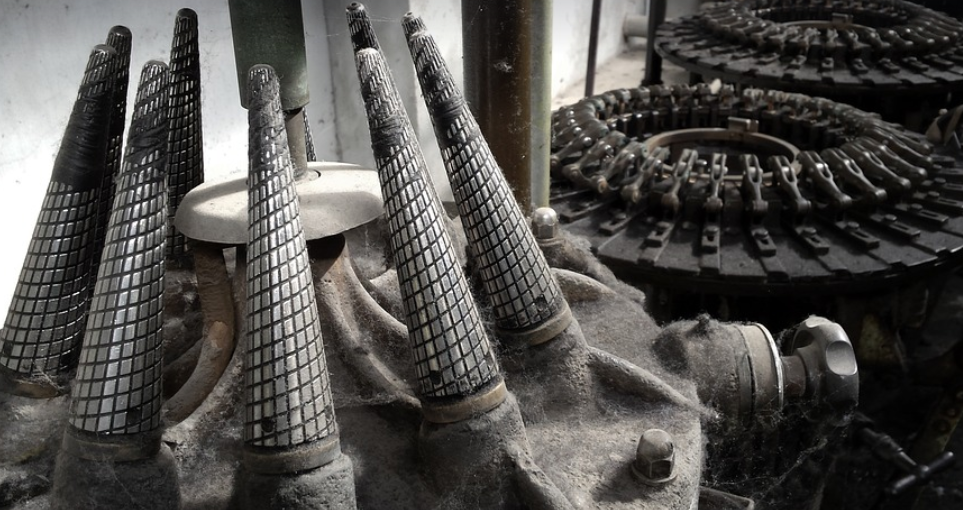No Power? No Problem! Strategies for Safe, Cold-Weather Water Storage
As we head into the chilly months of 2024, it’s time to think about how to keep your water supply safe and readily available, especially if you live in a region prone to freezing temperatures. We all know that access to clean, potable water is critical during emergency situations or even just everyday life. But what happens when the power goes out? How can you ensure your precious water remains cool and usable even in the face of unexpected winter storms?
The good news is that there are several effective methods for keeping a water tank from freezing without relying on electricity. These strategies utilize simple, common-sense methods to address the core challenge – preventing ice formation.
Understanding the Challenge: Why Does Water Freeze?
Water freezes at 32 degrees Fahrenheit (0 degrees Celsius). This is a crucial temperature threshold to understand as it’s where liquid water transitions into solid, ice. When water in an open tank is exposed to freezing temperatures, it begins to cool down. If the temperature drops below the freezing point, the water molecules lose their freedom of movement and start bonding together in a rigid structure – creating ice. This process can accelerate quickly, especially when there’s no insulation around the tank.
Think about a cup of water on a cold day. The surface will likely freeze first due to its proximity to the air. As the temperature drops further, the entire water within the tank may eventually freeze. This is because the colder the environment surrounding the water container becomes, the faster the rate at which it freezes.
The Power of Insulation: Your Secret Weapon
Insulation is your best friend when it comes to keeping a water tank from freezing in the cold weather. It acts as a thermal barrier, trapping heat within the tank and preventing the water from getting too cold. Think of insulation like putting a blanket around your water container.
There are several effective ways to implement insulation: Using reflective materials such as mylar sheeting or bubble wrap can reflect heat away from the tank. Alternatively, using rigid foam boards will provide a more permanent solution. These materials allow for easy installation and provide long-term protection against freezing temperatures.
The Importance of Tank Placement: Don’t Forget to Consider Location
The location of your water tank is critical in preventing freezing. Think about where you keep it – does it have a lot of direct sunlight, or is it exposed to the wind? A well-designed setup can make all the difference.
Ideally, you want to locate your water tank away from any areas that experience strong winds or direct sunlight. The best position for your tank is ideally in a shaded area where it doesn’t get excessively cold or hot.
Additionally, ensure that the tank is kept against a solid wall, preferably one with good insulation. This way, you can also utilize an air gap between the tank and the wall to add extra protection from the elements.
The Power of Hot Water: A Countermeasure
If you have access to a stove or even a hot water bottle, these are fantastic options for providing warmth to your tank. However, be wary of using an open flame as it poses a fire hazard. Always do so with caution and in a safe environment.
The Importance of Regular Maintenance: A Key Part of the Equation
Just like any machine or appliance, regular maintenance is essential for keeping your water tank in tip-top shape. Keeping the tank clean and free from debris will help maintain its integrity and prevent potential leaks or damage.
Don’t neglect to check the level of water inside your tank regularly. Make sure you don’t have too much water, as this can also lead to freezing. If possible, consider using a siphon system to remove excess water at times.
A World of Options: Different Approaches for Various Problems
Depending on the specific needs and constraints of your situation, there are multiple options that you could explore. If you have access to solar panels, utilize them to power a small heater or dehumidifier that can keep the water warm throughout the winter.
There you have it: keeping your water safe during cold weather, even without electricity. By following these tips and strategies, you’re well on your way to navigating those unpredictable winter days with confidence!
